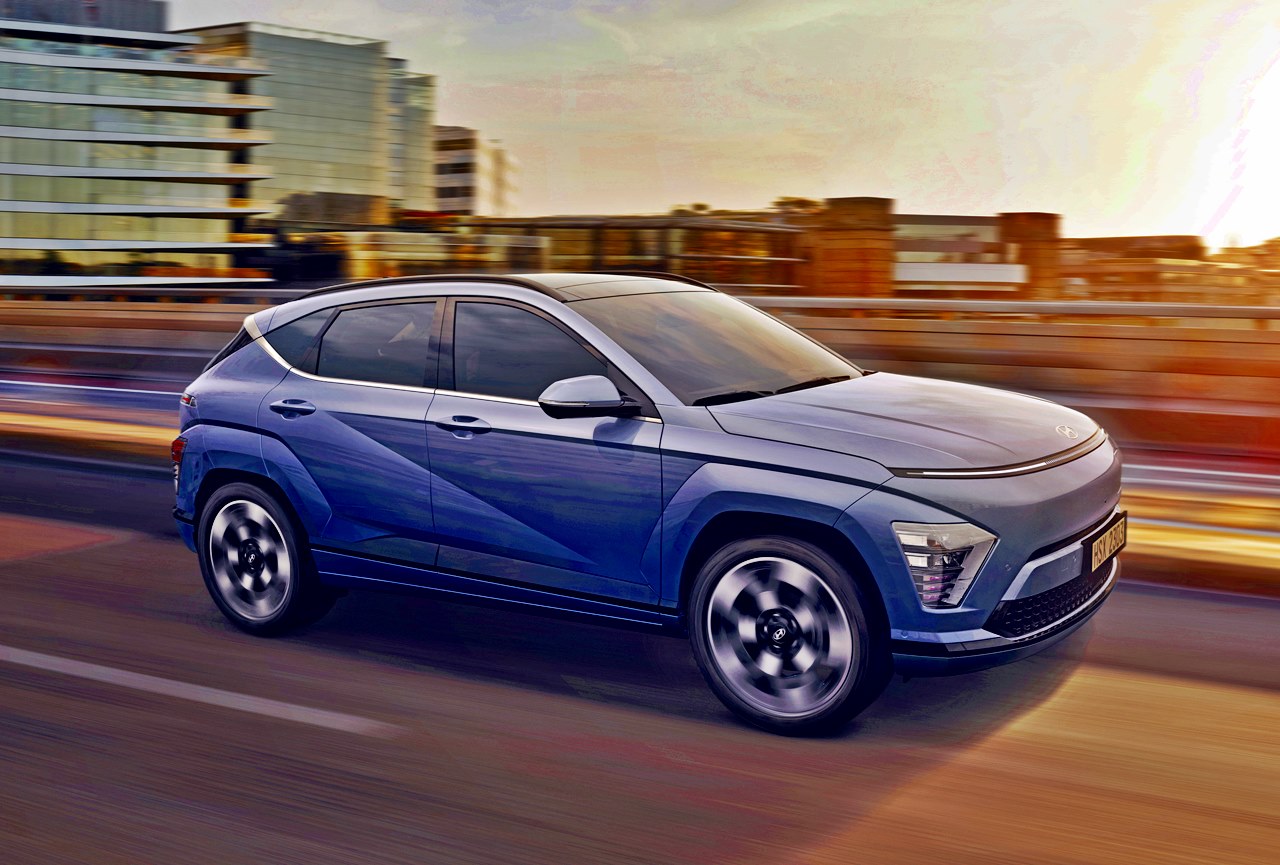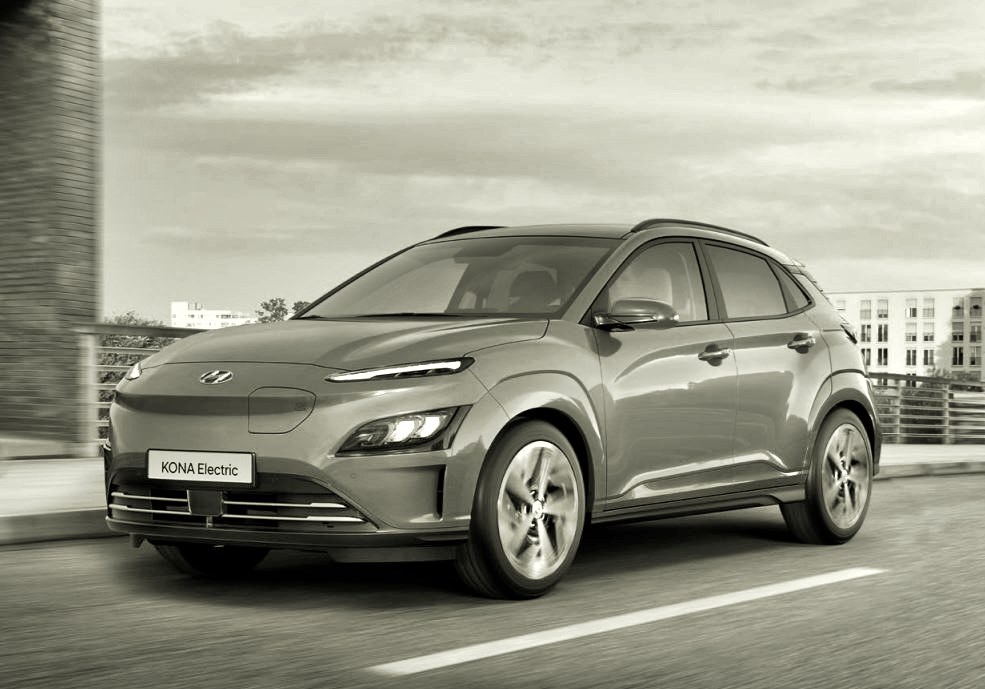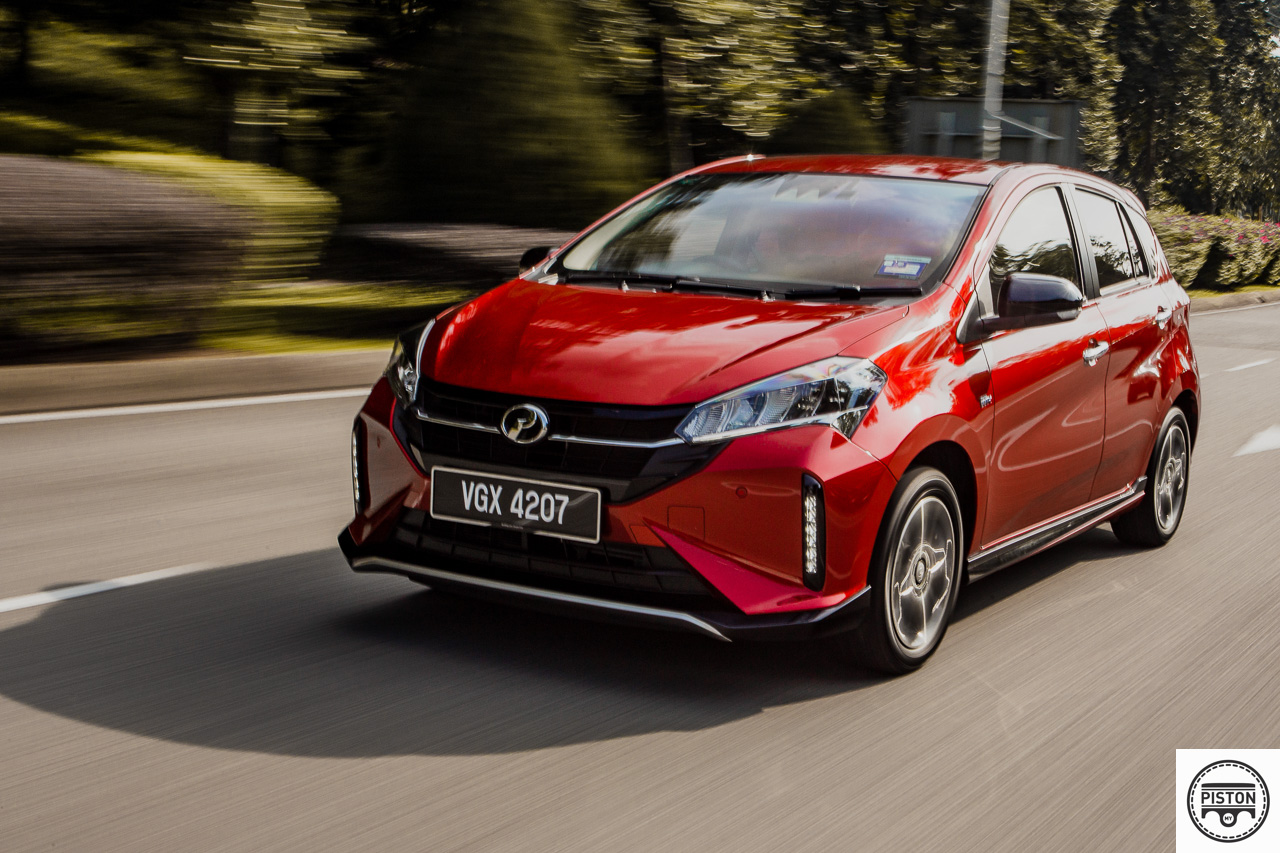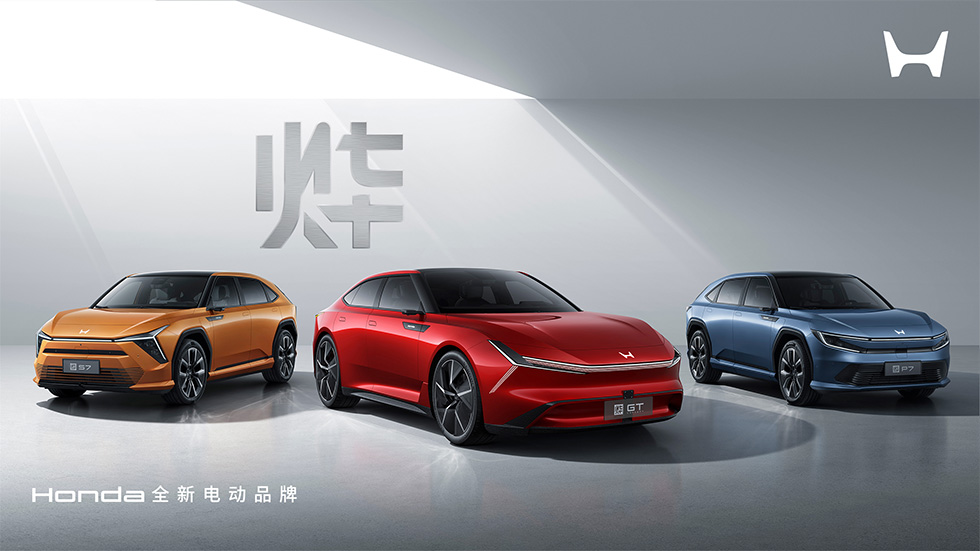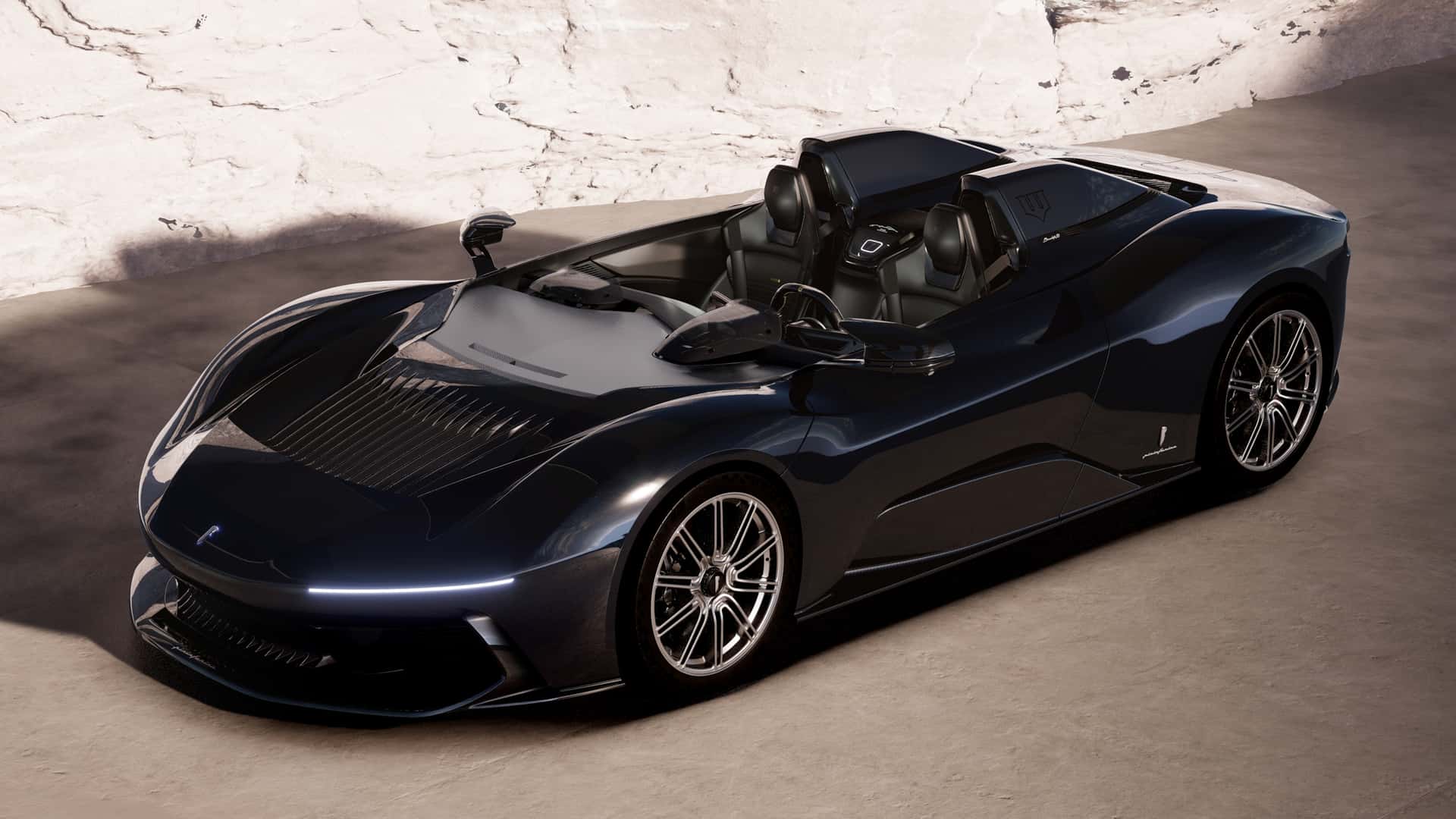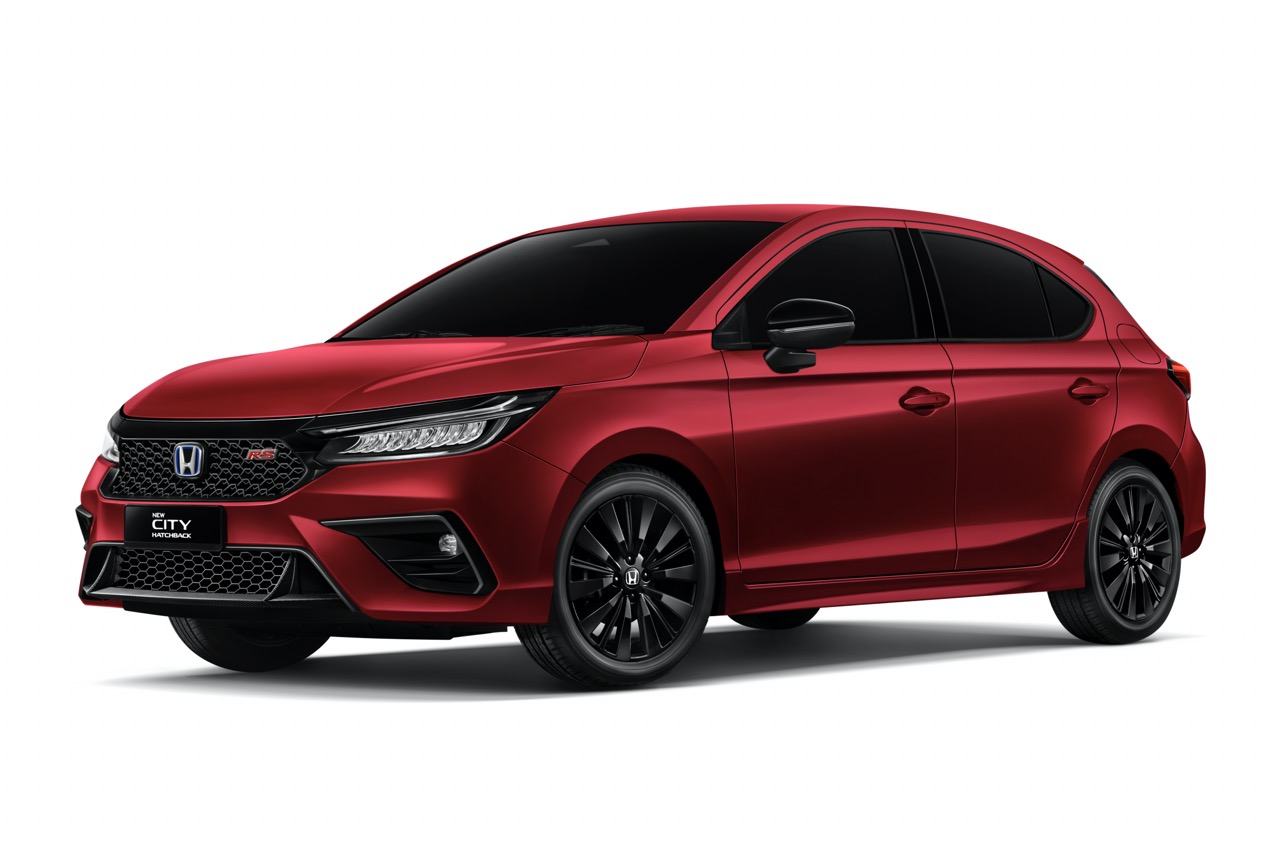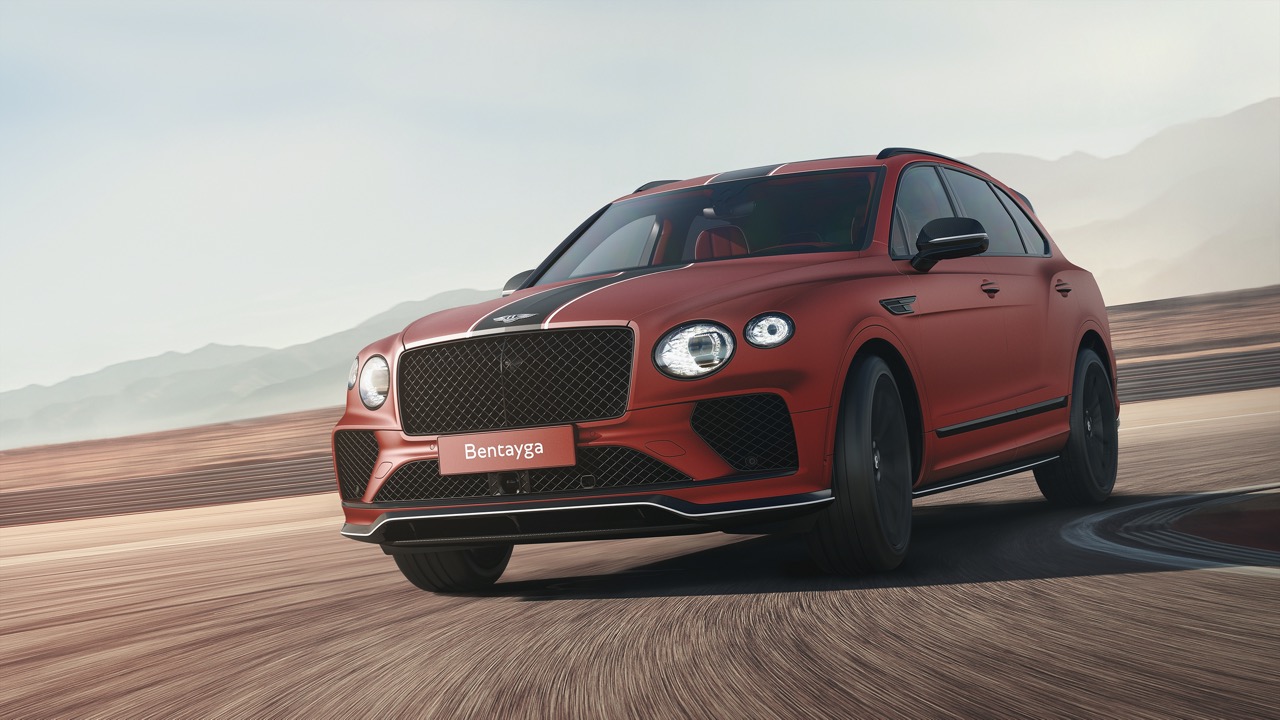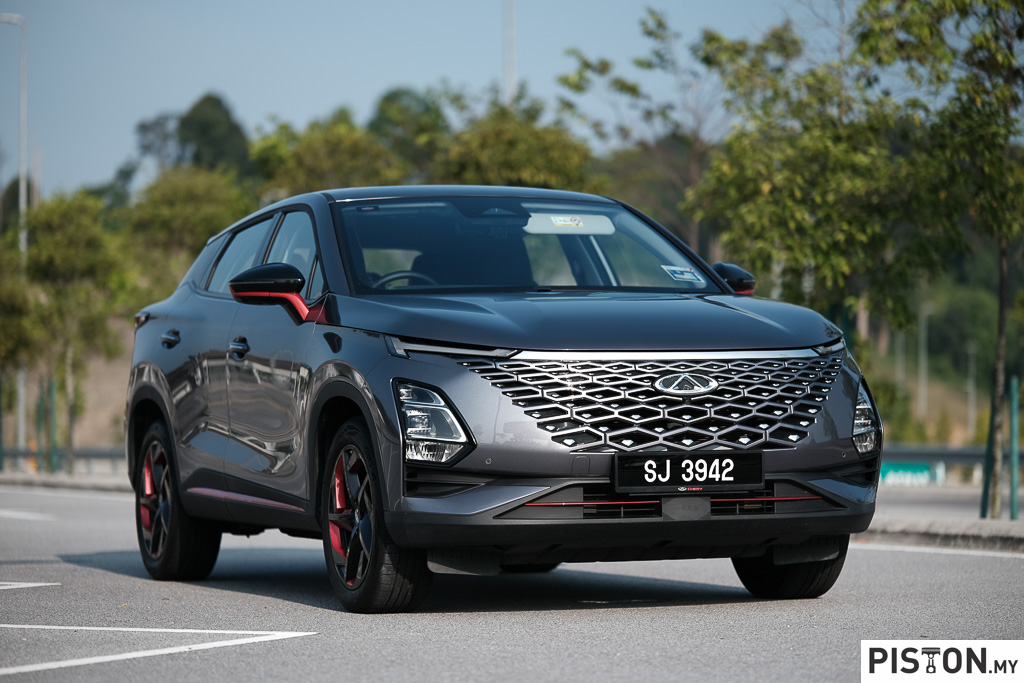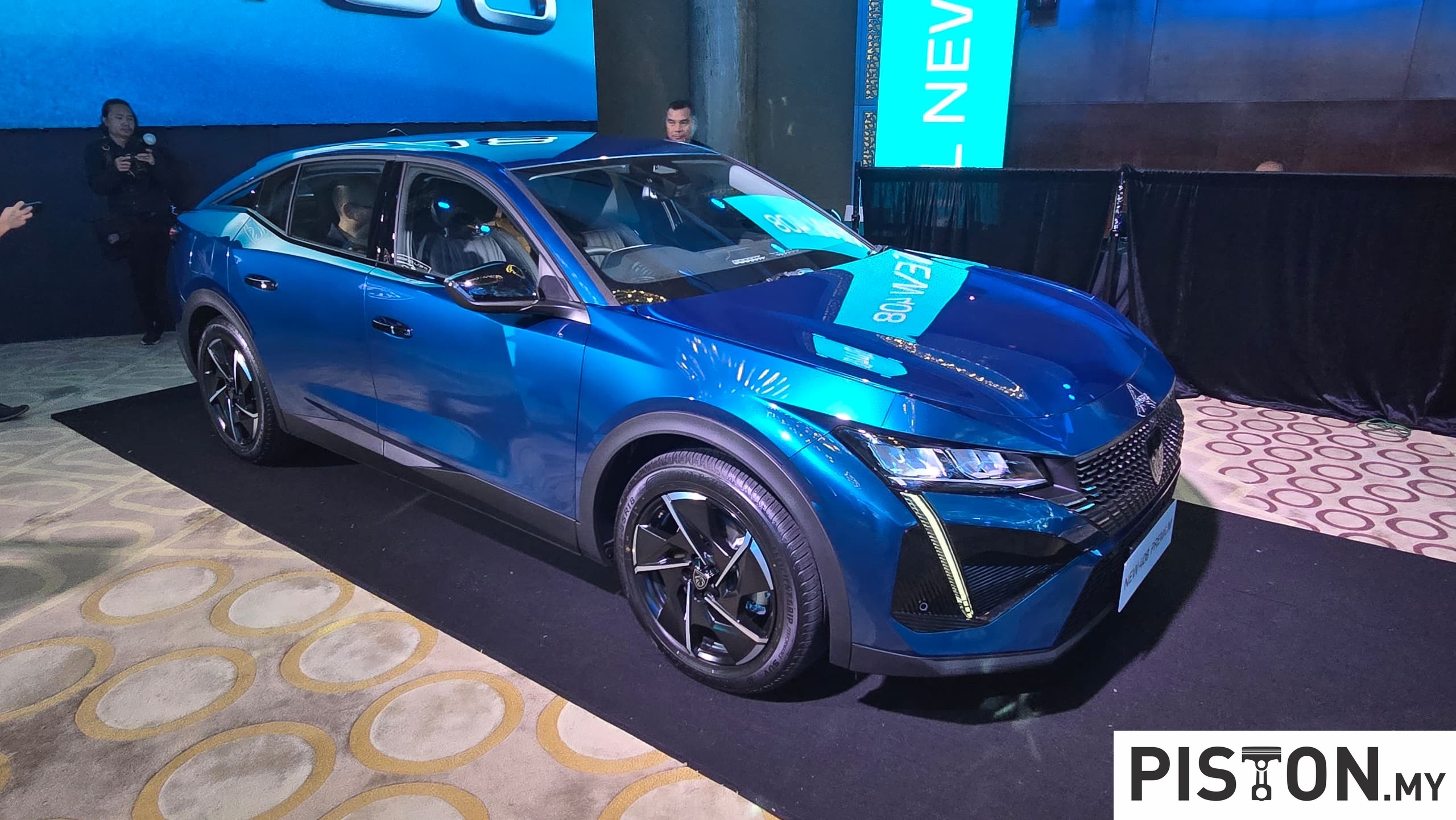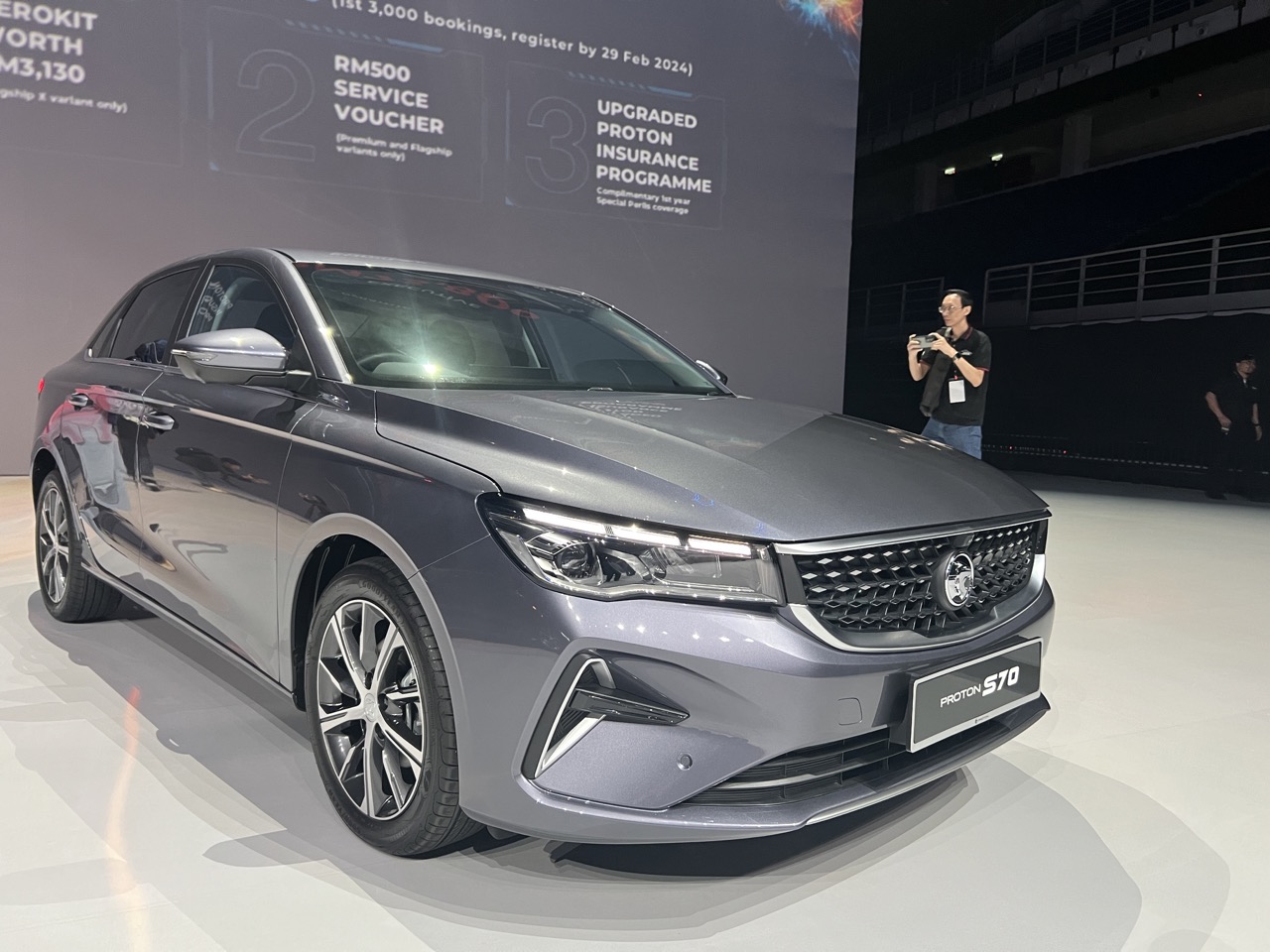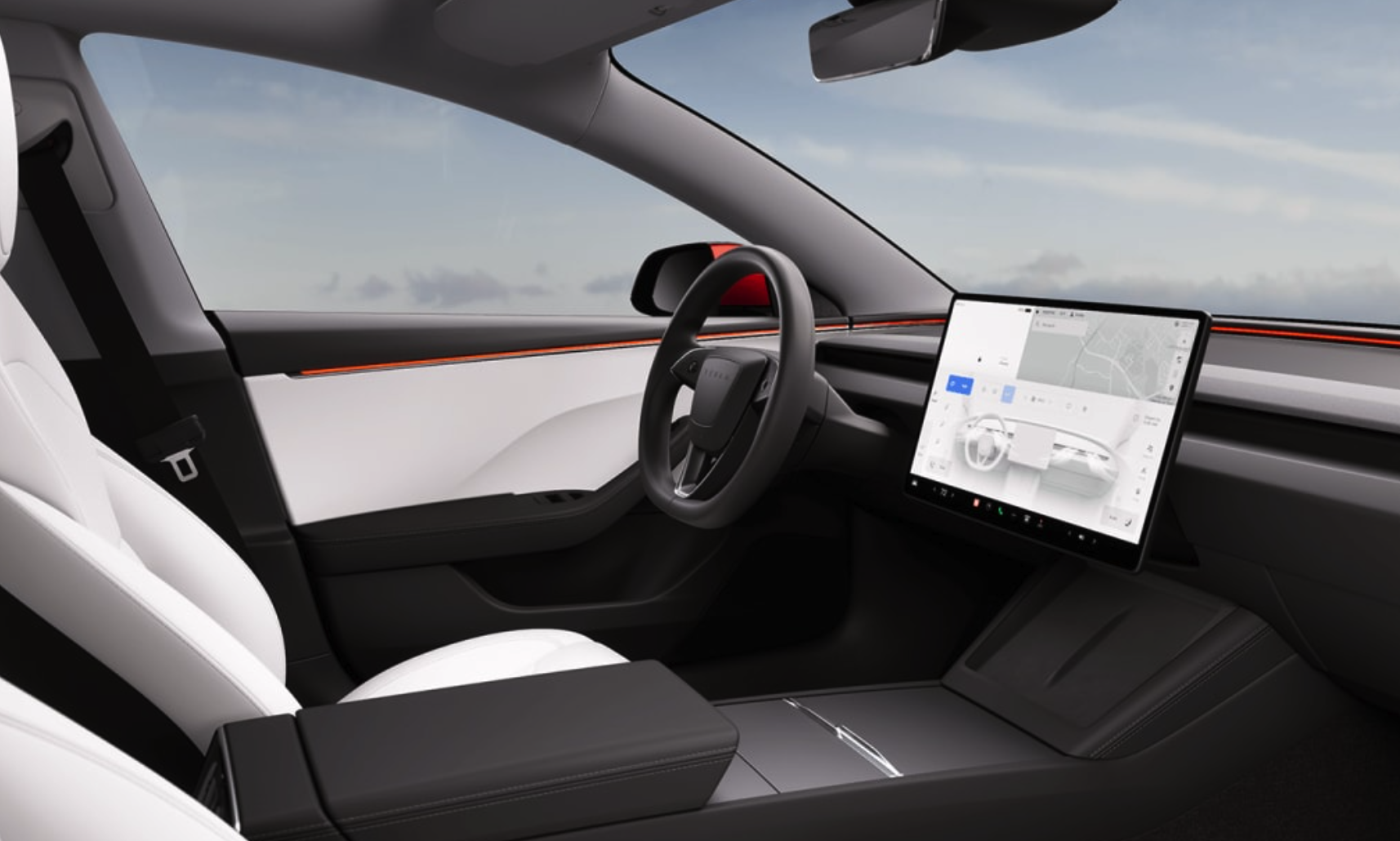After a 6-year production run in its first generation, the Hyundai Kona starts its second generation today with a global world premiere. The Korean carmaker presents it as an ‘upscaled multiplayer in the B-SUV segment’, with the claim of offering one of the most comprehensive product packages in the segment, including the widest range of powertrains.
As before and like the original IONIQ, the Kona is available with three different types of powertrains – combustion engine one, hybrid and battery electric (BEV). This will allow it to be marketed in more regions around the world, including those where the pace of electrification is slower.
Nevertheless, for this new generation, Hyundai Motor started development as a battery electric vehicle (BEV) first. It signifies the company’s accelerated electrification strategy that aims to bring 11 new Hyundai EVs to market by 2030.
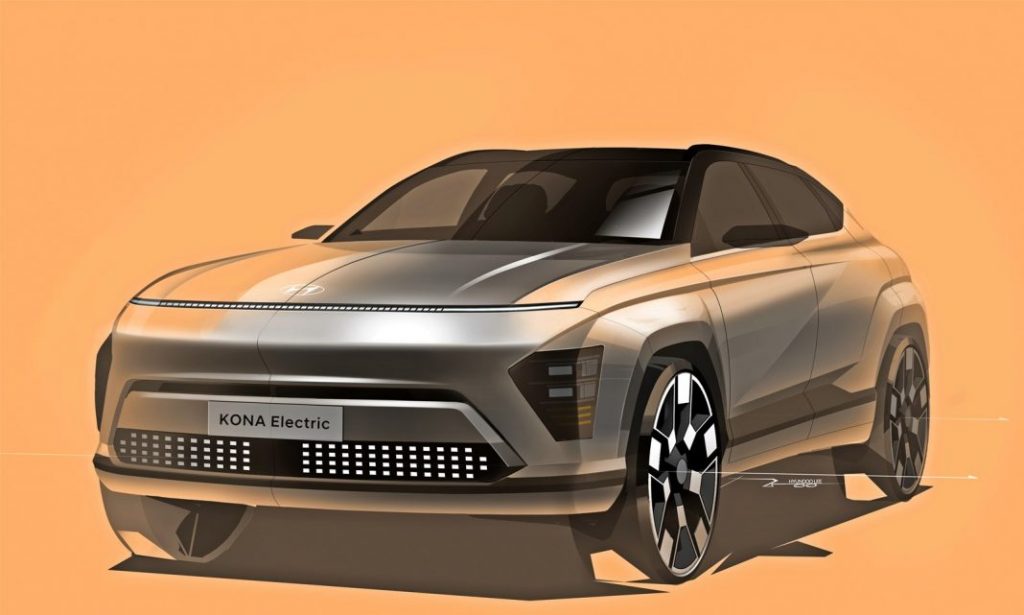
“KONA Electric will play a major role alongside our IONIQ models in reinforcing Hyundai’s EV leadership. The new model builds on the great reputation of the first-generation KONA Electric and is designed and engineered to lead the competition with its many outstanding features,” said Jaehoon Chang, President and CEO of Hyundai Motor Company.
“At Hyundai, we don’t see the EV revolution as just the latest trend. We believe it is a pivot point for not only the industry but also for society. Through the implementation of eco-friendly mobility solutions like our EVs, we hope to speed the transition to clean mobility and make progress for humanity,” he added.
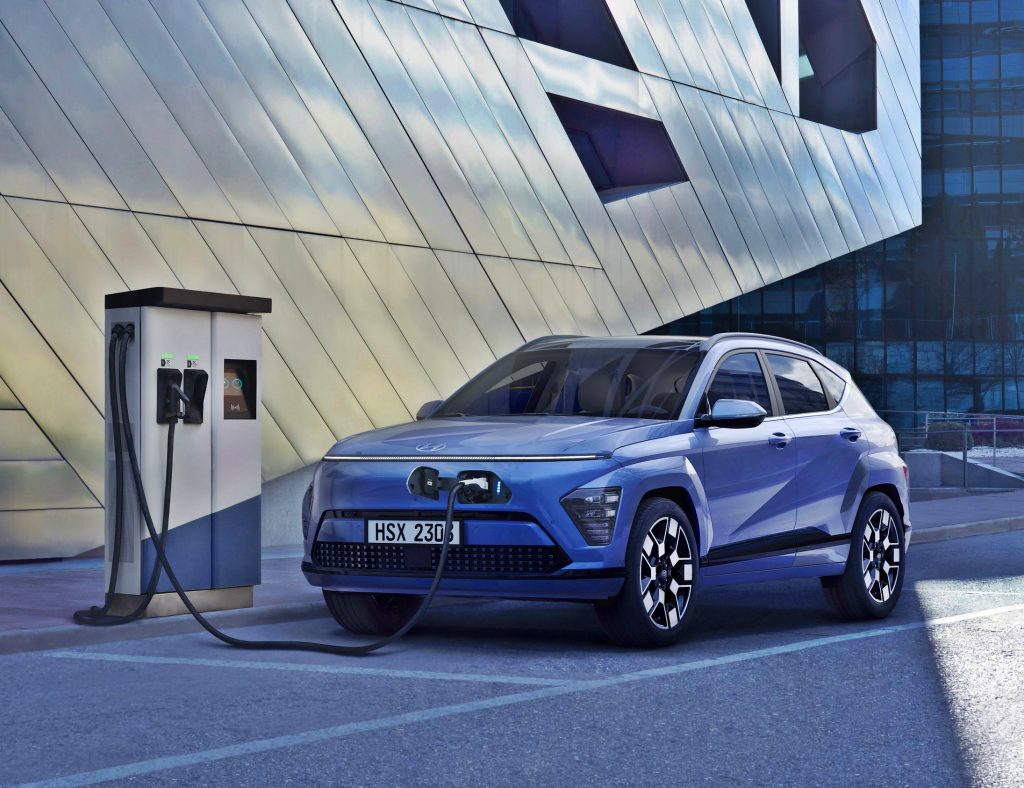
The new Kona retains the ‘lifestyle-oriented’ styling with an enlarged form. The BEV version is now 4355 in length, an increase of 175 mm, while the wheelbase has been extended another 60 mm. The overall width is 25 mm more than before and there’s also 20 mm added to the height.
With the BEV as the primary development model, aerodynamics have been prioritised even more and a Cd of 0.27 has been achieved. Between the aerodynamic nose and tailgate, sculpted wheel arch armour and parametric surfaces add character with dynamic chrome lines connecting the beltline to the rear spoiler. Sharing the pixel styling elements in Hyundai’s EV models, the new Kona Electric also has a Pixelated Seamless Horizon Lamp and Pixel graphics.
The N Line versions come with black mirrors, wing-type spoiler and an optional black roof, more aggressive front and rear designs with wing-shaped bumper to emphasize a lower stance, twin exhausts and silver side skirt.

With powertrain specs these days, it’s pretty much just the numbers as the details of the systems are too complex and companies probably prefer not to reveal too much. For the Kona Electric, drive is only to the front wheels with the electric motor generating two levels of power and 255 Nm of torque. The Long Range version, which has a 65.4-kWh battery, has 160 kW output, while the Standard Range version comes with a 48.4-kWh battery and has a 114.6 kW.
Range is claimed to be over 490 kms with the larger battery. With the ability to use a charging Infrastructure of up to 400V, the charging time for the battery is said to be 41 minutes from 10% to 80% when using a DC fast-charger.
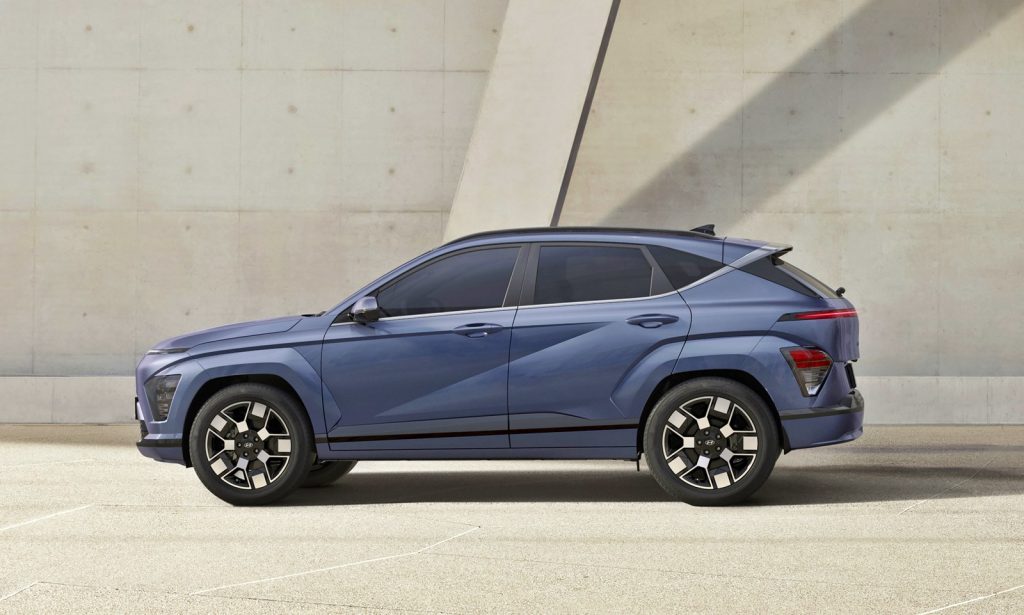
Battery preconditioning ensures secure charging and range performance in winter and a frozen charge door prevention system enables the user to open the charge door in an extremely cold environment. As outdoor charging stations might be in areas with low lighting, the charging port door has a lamp to improve visibility.
With a bi-directional onboard charging system, the Vehicle-to-Load (V2L) function can power any device or charge electrical equipment, with both interior and exterior outlets for convenience. Inside, devices can be plugged into a standard outlet on the rear centre console when the car is powered on. Outside, devices and home appliances can be plugged in using a V2L adapter which draws battery power without the car having to be in run mode.

Like many other BEVs these days, the Kona Electric has a single pedal operation, which Hyundai calls i-PEDAL. This enables a driving mode that allows drivers to accelerate, decelerate and stop using only the accelerator pedal. The Smart Regenerative System automatically adjusts the amount of regenerative braking based on information from forward traffic flow.
With the enlarged body, the interior designers have had more space to create a roomier and more versatile cabin. They have created a ‘living space’ which has a Curveless Bench Seat in the second row for more comfort. The first row’s relaxation comfort seat is optimized for ‘weightless’ body pressure distribution to help alleviate fatigue.

The driver-centric front row is accentuated by a floating horizontal C-Pad with integrated dual 12.3-inch panoramic display screens. The HUD (Head-Up Display) shows the most relevant information for drivers as a 12-inch projection on the windshield. The new KONA will be the first Hyundai model to apply the new Connected Car Navigation Cockpit (ccNC), which provides advanced graphics and perfect unity with the various displays.
As part of Kona’s new layout, the shift-by-wire gear selector has been relocated from the centre console to behind the steering wheel, which allows more storage in the open console area. All driver controls around the steering wheel have also been relocated, allowing an open console storage with rotational cupholders.
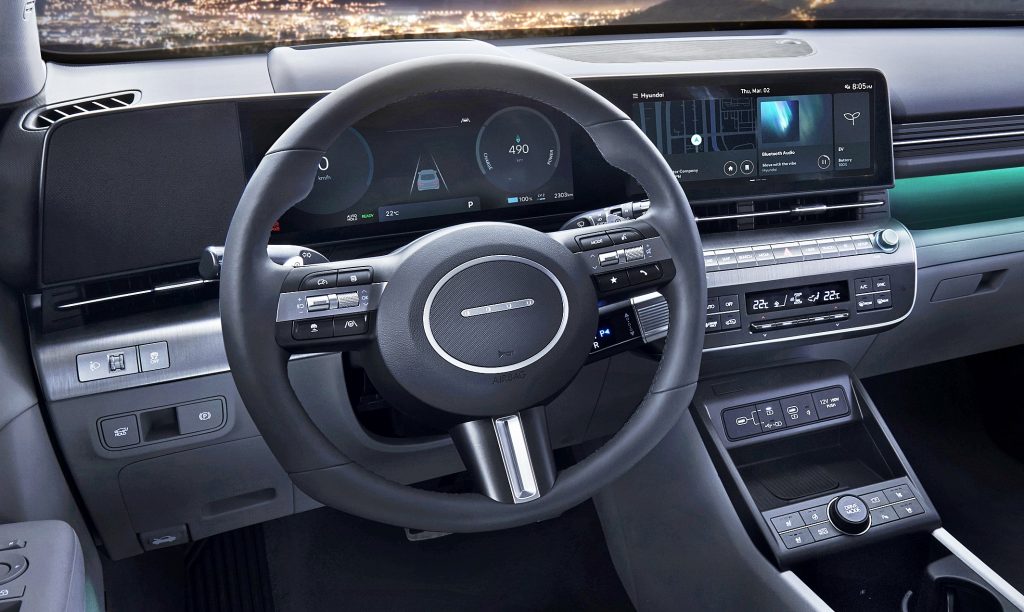
New is the e-ASD which creates a virtual sound to help the driver have a stronger sense of movement while driving. An optimum sound is generated based on variables such as driving speed, torque, state of the motor and acceleration. By having the sounds, the driver will be able to perceive the car’s dynamic movements and have a more engaging drive.
For more convenience, the SUV can be locked, unlocked and started through the Digital Key Touch system. This uses near-field communication (NFC) which is a feature on many smartphones or smart watches.



